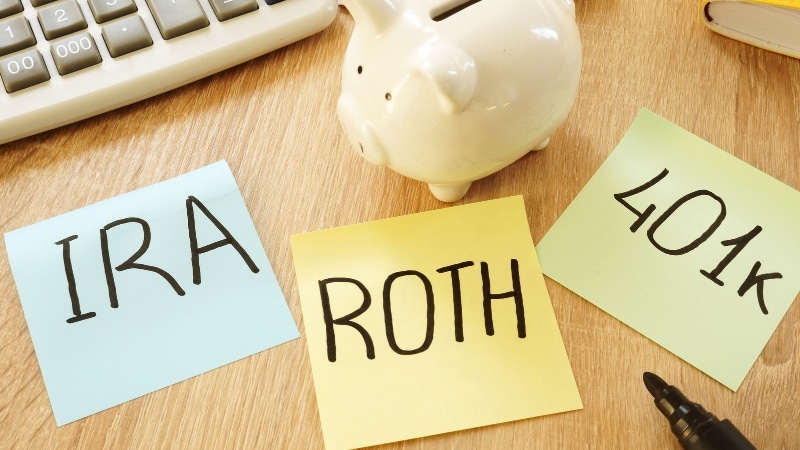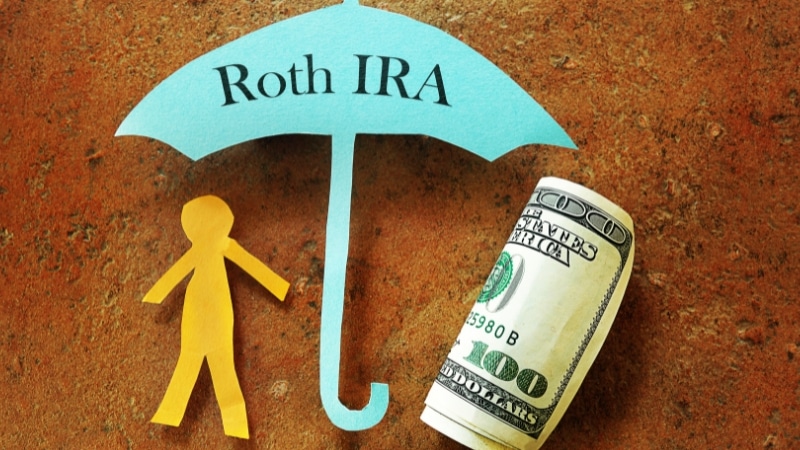Want to understand how the 401(k) plan became the primary retirement savings vehicle in the United States, especially when focusing on the tax benefits of 401(k) investments?
This plan became attractive because it is linked to its favorable tax status, thus allowing you to accumulate money efficiently over time.
The 401(k) is not just a savings account. It is a means of managing tax risk, which has a major impact on your income after retirement.
Today, you will learn about the two central tax approaches (Traditional vs. Roth). You will see the latest contribution limits and understand how 401(k) loans offer liquidity without penalty. In the end, you will have a clear vision of how the tax benefits of 401(k) investments work to shield your income from tax, both in the present and in the future.
10 Main tax benefits of 401(k) investments

The 401(k) plan is by the Internal Revenue Service (IRS) to offer substantial incentives, transforming regular savings into a wealth accumulation engine.
Below, we detail the ten main tax benefits of 401(k) investments and financial advantages.
1. Immediate Tax Deferral (Tax Benefits of 401(k) Investments)
The main tax benefit of the Traditional 401(k) is the immediate reduction of the federal income tax base.
Thus, your contributions are made with pre-tax dollars. Therefore, the amount you contribute is subtracted from your adjusted gross income (AGI); Decreasing your tax liability in the year of contribution.
This deferral results in an increase in your net salary, making it easier to invest without feeling the full impact of the deduction on your monthly cash flow. If you are in a marginal bracket of 22%. Therefore, for every $1,000 contributed, you will have $220 in tax savings now.
2. Capital Growth with Tax Deferral
A characteristic of the 401(k) is tax-deferred growth.
Within the 401(k) account, the income generated – interest, dividends, and capital gains – is not taxed annually.
This allows 100% of profits to be reinvested immediately.
This effect accelerates the power of compound interest, as growth is not eroded annually by taxes, as would occur in a standard brokerage account.
3. The Direct Benefit of Employer Matching
Employer matching is one of the biggest benefits and represents an instant and guaranteed return on the employee’s investment.
It works like this: if your employer offers a 50% match on your first 6% of contributions, you will receive a 50% return on that capital, regardless of market performance.
4. Access to High Contribution Limits (Tax Benefits of 401(k) Investments)
The 401(k) has higher annual elective deferral limits than individual retirement plans (IRAs).
For example, for the 2025 tax year, the employee contribution limit is $23,500. While the limit for a Traditional or Roth IRA is only $7,000.
Pay attention to this ceiling! It is crucial, as it allows individuals with greater savings capacity to maximize the portion of their income protected from taxes much more quickly.
5. Catch-Up Contributions for Those Over 50
For those over 50, the IRS allows additional contributions (catch-up contributions) to accelerate retirement savings.
As a rule, this is a relevant last-minute feature to boost the balance.
For 2025, the additional limit is $7,500, allowing an older employee to contribute a total of $31,000 in elective deferrals for that year.
6. Tax-Free Qualified Withdrawals (Tax Benefits of 401(k) Investments)
The Roth 401(k) acts as a protection against future tax uncertainty, offering complete tax exemption at retirement.
Although initial contributions made with after-tax money (tax is paid now), qualified withdrawals (withdrawals made after age 59 and a half and five years after the first contribution) are income tax-free.
7. Access to Penalty-Free Loans
Many 401(k) plans allow participants to take loans from their own balances.
Unlike a direct withdrawal, a 401(k) loan not taxed as a distribution and is not subject to the 10% penalty if repaid on time.
The advantage is that principal and interest payments return to your own retirement account, avoiding the taxation and penalty that a direct withdrawal would incur.
8. Strategic Flexibility Against RMDs
Another of the main tax benefits of 401(k) investments in the Roth format is estate planning flexibility.
Original owners of Roth 401(k) accounts are not required to start taking Required Minimum Distributions (RMDs) that apply to traditional accounts starting at age 73.
9. Legal Exceptions to Early Withdrawal Penalty (Tax Benefits of 401(k) Investments)
Although the general rule imposes a 10% penalty on withdrawals before age 59 and a half, the IRS allows several exceptions in specific situations of need.
This allows the participant to access the funds without the additional cost of the penalty.
Examples include separation from service after age 55, qualified medical expenses exceeding 7.5% of AGI, or withdrawals for birth/adoption.
In the event of a declared natural disaster, a participant can withdraw up to $22,000 under the disaster recovery exception.
10. Total Contribution Limit and Income Maximization
In addition to the employee’s elective deferral limits, the 401(k) allows a very high total contribution ceiling.
For 2025, the total limit for annual additions is $70,000, or $77,500 including the catch-up.
Best brokers to invest in assets with 401(k) plans

The administration of your 401(k) carried out by brokers responsible for accounting, reporting, and investment management.
The quality of the platform and plan fees impact your experience and, more importantly, your net financial return.
Let’s look now at the main brokers in the market, their highlights, and areas of specialization:
- Fidelity Investments: One of the largest recordkeepers in assets. It offers a comprehensive experience for investment management and plan administration;
- Vanguard Group: Leader in providing low-cost investment options. This specialty is relevant, as high fees can erode returns over time;
- Empower: Focused on personalized retirement solutions. It serves millions of investors, being a consolidator in the sector, offering support services and retirement account management.
The choice made by your employer, but you should look at the fees and costs of the available funds. This is because low cost is the main factor to maximize accumulated returns.
Conclusion
The 401(k) plan is a retirement investment instrument in the USA, with tax incentives.
In the Traditional model, there is an immediate income tax deduction; in the Roth model, future withdrawals are tax-exempt.
Understanding the difference between Traditional and Roth is relevant to choosing the best strategy according to your future income.
The correct plan, respecting employer match and early access rules. This avoids tax losses. For example, opting for a withdrawal instead of a loan can generate immediate taxes.
To boost your savings, contribute at least enough to receive the full employer match.
Diversification is important to ensure you have a good financial return. Therefore, learn about the safest investments for retirees. By applying them and 401k plans, you will have good assets in the future.


